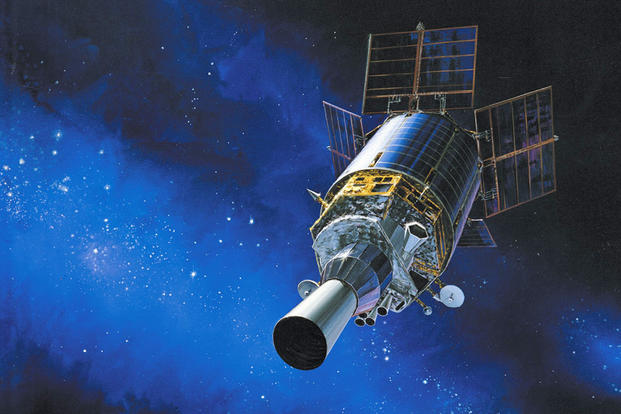Over the next decade, the Pentagon plans to launch satellites that offer a revolutionary leap in surveillance technology by persistently staring at targets from space for long periods of time, an official said.
Under Secretary of Defense for Intelligence Michael Vickers gave the estimate at a defense conference this week in Washington, D.C.
The Defense Department is at a "pivotal moment for intelligence" due to the rapid technological and geopolitical change underway throughout the world, he said. Adapting to the environment requires both short- and long-term investments, he said.
"In each of these areas, we're trying to make some fundamental leaps," Vickers said. "So, for example, in the global coverage area, for the first time, we're trying to create really persistent surveillance from space, rather than having episodic surveillance, actually be able to stare at areas for real long periods of time and improve the resiliency and the integration of our architecture.
"Those will be really, really big things when they're realized," he added. "It will be a leap in overhead reconnaissance commensurate to anything we've done in the last 50 years or so, but they'll take a decade-plus to realize."
Vickers didn't specify any programs.
The Air Force's current Space Base Infrared System, known as SBIRS, and legacy Defense Support Program, or DSP, satellites support the Overhead Persistent Infrared Technology mission in such areas as missile warning, missile defense, technical intelligence and battlespace awareness, according to a Government Accountability Office report from January.
The service's Commercially Hosted Infrared Payload, or CHIRP, demonstration sensor employed a wide field-of-view staring technology -- which provided insight into the applicability for the mission area, the document states.
During the past decade of U.S.-led wars in Iraq and Afghanistan, the Pentagon was forced to turn to the private sector and rent bandwidth on commercial satellites because its own networks couldn't meet the constant demand from commanders for video and other data captured by drones flying over the battlefield.









